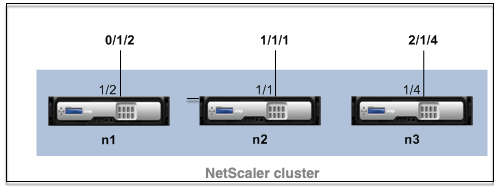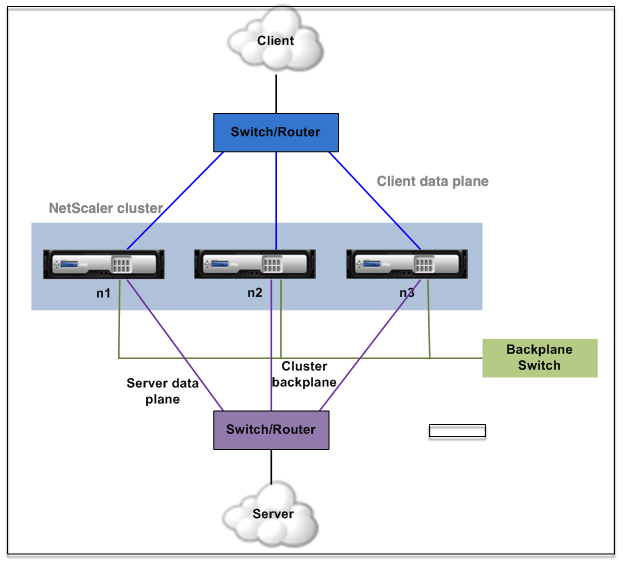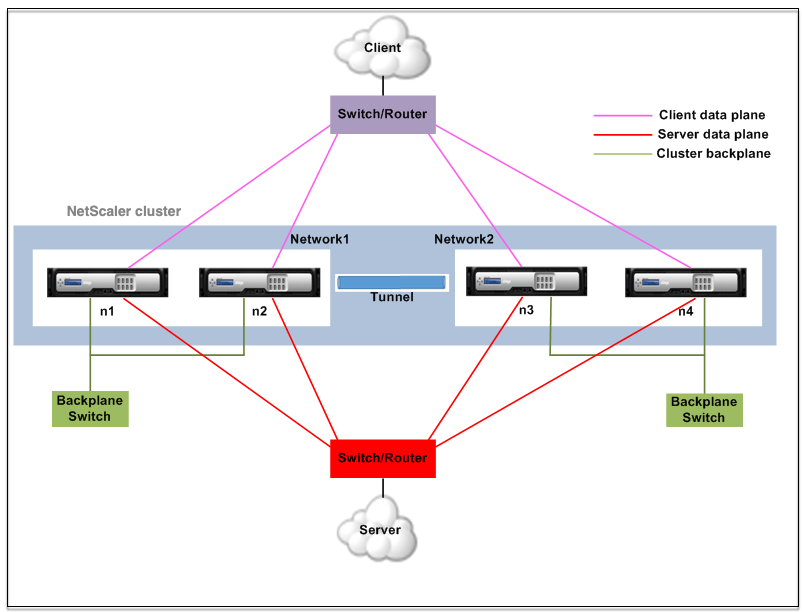-
Distributing traffic across cluster nodes
This content has been machine translated dynamically.
Dieser Inhalt ist eine maschinelle Übersetzung, die dynamisch erstellt wurde. (Haftungsausschluss)
Cet article a été traduit automatiquement de manière dynamique. (Clause de non responsabilité)
Este artículo lo ha traducido una máquina de forma dinámica. (Aviso legal)
此内容已经过机器动态翻译。 放弃
このコンテンツは動的に機械翻訳されています。免責事項
이 콘텐츠는 동적으로 기계 번역되었습니다. 책임 부인
Este texto foi traduzido automaticamente. (Aviso legal)
Questo contenuto è stato tradotto dinamicamente con traduzione automatica.(Esclusione di responsabilità))
This article has been machine translated.
Dieser Artikel wurde maschinell übersetzt. (Haftungsausschluss)
Ce article a été traduit automatiquement. (Clause de non responsabilité)
Este artículo ha sido traducido automáticamente. (Aviso legal)
この記事は機械翻訳されています.免責事項
이 기사는 기계 번역되었습니다.책임 부인
Este artigo foi traduzido automaticamente.(Aviso legal)
这篇文章已经过机器翻译.放弃
Questo articolo è stato tradotto automaticamente.(Esclusione di responsabilità))
Translation failed!
Communication in a cluster setup
The interfaces of NetScaler appliances that are added to a cluster are prefixed with a node ID. It helps identify the cluster node to which the interface belongs. Therefore, the interface identifier c/u, where c is the controller number and u is the unit number, now becomes n/c/u, where n is the node ID. For example, in the following figure, interface 1/2 of node n1 is represented as 0/1/2, interface 1/1 of node n2 is represented as 1/1/1, and interface 1/4 of node n3 is represented as 2/1/4.
Figure 1. Interface naming convention in a cluster

- Server communication- The cluster communicates with the server through the physical connections between the cluster node and the server-side connecting device. The logical grouping of these physical connections is called the server data plane.
- Client communication- The cluster communicates with the client through the physical connections between the cluster node and the client-side connecting device. The logical grouping of these physical connections is called the client data plane.
-
Inter-node communication- The cluster nodes can also communicate with each other. The manner in which they communicate depends on whether the node exists on the same network or across networks.
- Cluster nodes within the same network communicate with each other by using the cluster backplane. The backplane is a set of interfaces in which one interface of each node is connected to a common switch, which is called the cluster backplane switch. The different types of traffic that goes through the backplane, which is used by internode communication are:
- Node to Node Messaging (NNM)
- Steered traffic
- Configuration propagation and synchronization
- Each node of the cluster uses a special MAC cluster backplane switch address to communicate with other nodes through the backplane. The cluster special MAC is of the form:
0x02 0x00 0x6F <cluster_id> <node_id> <reserved>), wherecluster_idis the cluster instance ID,node_idis the node number of the NetScaler appliance that is added to a cluster.
- Cluster nodes within the same network communicate with each other by using the cluster backplane. The backplane is a set of interfaces in which one interface of each node is connected to a common switch, which is called the cluster backplane switch. The different types of traffic that goes through the backplane, which is used by internode communication are:
The following figures shows the communication interfaces in L2 clusters and L3 clusters.
Figure 2. Cluster communication interfaces - L2 cluster

Figure 3. Cluster communication interfaces - L3 cluster

Share
Share
In this article
This Preview product documentation is Cloud Software Group Confidential.
You agree to hold this documentation confidential pursuant to the terms of your Cloud Software Group Beta/Tech Preview Agreement.
The development, release and timing of any features or functionality described in the Preview documentation remains at our sole discretion and are subject to change without notice or consultation.
The documentation is for informational purposes only and is not a commitment, promise or legal obligation to deliver any material, code or functionality and should not be relied upon in making Cloud Software Group product purchase decisions.
If you do not agree, select I DO NOT AGREE to exit.